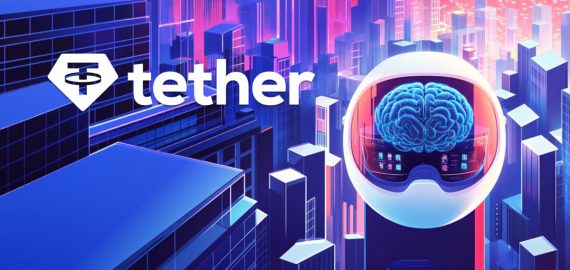EIA Survey Triggers US Crypto Miner Debate Over Mandatory Energy Reporting


In Brief
United States crypto mining companies criticised the recent mandate from the US DOE to report their energy consumption.

United States cryptocurrency mining companies are expressing criticism towards the recent mandate from the United States Department of Energy (DOE) to report their energy consumption. The Energy Information Administration (EIA) has announced an emergency survey targeting electricity consumption among commercial cryptocurrency miners that is planned to serve as a “baseline snapshot” of the energy consumption within the country’s cryptocurrency mining industry.
Jason Les, CEO of Bitcoin mining and digital infrastructure company Riot Platforms expressed that the survey is considered “unlawful” as it does not serve the public interest but aligns with a political agenda targeting Bitcoin miners and their energy suppliers.
Brian Morgenstern, the Head of Public Policy at Riot Platforms expressed concern that “government action could potentially exert pressure on energy-related partners to cease collaboration with mining companies.” He further emphasized the industry’s imperative to unite against perceived regulatory overreach.
Meanwhile, Alex Brammer, the director of Bitcoin Today Coalition, a nonprofit organization dedicated to enhancing Bitcoin literacy within the legislative and regulatory bodies of the United States, remarked that the survey is “egregious” and requires legal action. This is due to its attempt to penalize Bitcoin miners who fail to respond.
EIA Survey Seeks to Unveil Crypto Mining Sector’s Electricity Impact
The survey intends to understand how power demand for cryptocurrency mining is evolving. Additionally, it aims to identify regions where mining growth is concentrated and ascertain the electricity sources employed for these operations. In a recent analysis, the EIA sought to justify the necessity of its survey by highlighting that United States miners could have accounted for as much as 2.3 per cent of the country’s total electricity demand last year.
Miners of digital coins have faced scrutiny in recent years due to their electricity-intensive operations and the consequential impact on power grids and carbon emissions. Bitcoin mining is sparking debate, particularly in anticipation of the halving event, a programmed reduction in the “Bitcoin subsidy” paid to miners that occurs every four years. However, it is difficult to predict whether it will contribute to the growth of the cryptocurrency carbon footprint in the coming years or make it shrink.
KPMG has recently released a report suggesting that the Bitcoin network could potentially aid in “balancing” electricity grids, supporting the development of renewable energy, and playing a role in fostering a greener economy.
As cryptocurrency mining companies voice their concerns and regulatory debates intensify, the future landscape of energy consumption within the sector remains uncertain.
Disclaimer
In line with the Trust Project guidelines, please note that the information provided on this page is not intended to be and should not be interpreted as legal, tax, investment, financial, or any other form of advice. It is important to only invest what you can afford to lose and to seek independent financial advice if you have any doubts. For further information, we suggest referring to the terms and conditions as well as the help and support pages provided by the issuer or advertiser. MetaversePost is committed to accurate, unbiased reporting, but market conditions are subject to change without notice.
About The Author
Alisa, a dedicated journalist at the MPost, specializes in cryptocurrency, zero-knowledge proofs, investments, and the expansive realm of Web3. With a keen eye for emerging trends and technologies, she delivers comprehensive coverage to inform and engage readers in the ever-evolving landscape of digital finance.
More articles

Alisa, a dedicated journalist at the MPost, specializes in cryptocurrency, zero-knowledge proofs, investments, and the expansive realm of Web3. With a keen eye for emerging trends and technologies, she delivers comprehensive coverage to inform and engage readers in the ever-evolving landscape of digital finance.


















































